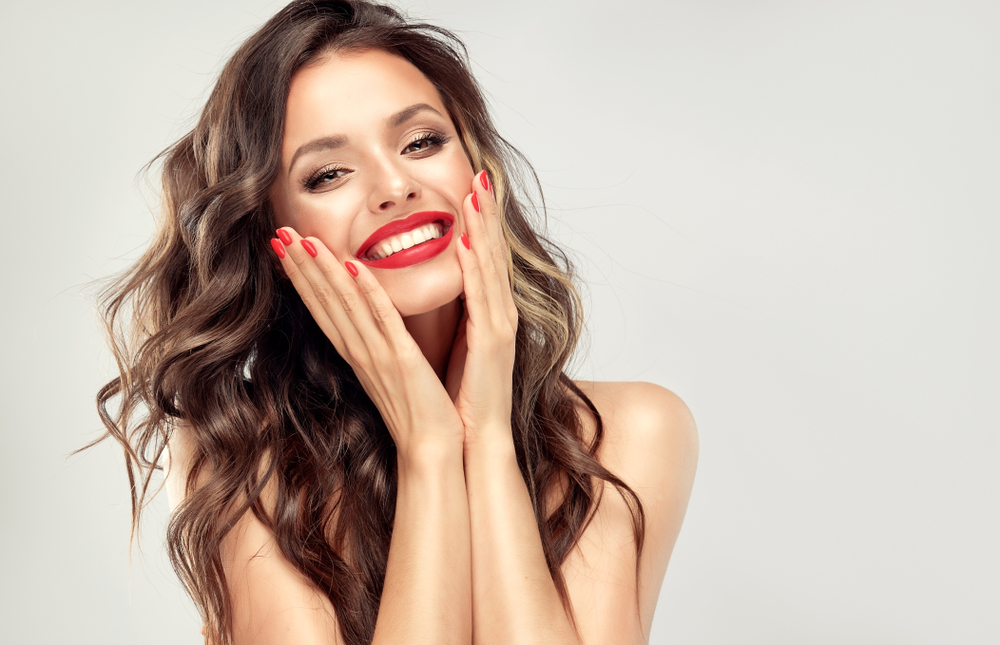In the glitzy realm of fashion, there is an art form that plays a pivotal role in showcasing the latest trends, styles, and designs - modeling . Models strutting the runways or posing for the camera are often seen as mere clothes hangers; however, their presence makes an indelible impact on the entire fashion industry. From shaping consumer desires to setting extraordinary beauty standards, modelling is a powerful force that deserves recognition and exploration.
Artistic Expression and Versatility
At its core, modeling is an art form that goes beyond simply standing or walking in front of a lens. Models possess the innate ability to express themselves through their body movements, facial expressions, and poses. Each model portrays a unique story, evoking emotions and capturing the essence of the designer's vision. They are the living embodiment of the artistry of fashion.
Modeling encompasses various forms, including runway, editorial, commercial, and plus-size. From an ethereal ball gown floating down the catwalk to a casual outfit displayed in a clothing catalog, models adapt their style and demeanor to communicate the designer's intent and capture the attention of viewers. Their versatility opens doors for creative collaborations and brings the designer's creations to life.
Building Brands and Shaping Consumer Desires
Models act as the bridge between fashion brands and the consumer. Their images grace magazine spreads, billboards, and online advertisements, reaching a vast audience with a single glance. Models have the power to cultivate desires in consumers, as they embody the very essence of fashion and style.
By associating a product or brand with a model, marketing campaigns become more relatable and aspirational for consumers. Their influence can persuade individuals to adopt new styles, follow trends, and purchase the latest designer pieces. Whether consciously or subconsciously, models shape our desires and guide our fashion choices.
The Flawed Beauty Standards and Change in the Industry
Behind the glamour, modeling also plays a role in shaping society's perception of beauty. The fashion industry has long been criticized for its narrow depiction of beauty, promoting unattainable standards that can damage self-esteem and perpetuate body image issues. However, in recent years, the industry has made progress in diversifying representation and challenging these norms.
Models such as Ashley Graham, Winnie Harlow, and Halima Aden have challenged conventional beauty ideals by breaking barriers related to body size, skin conditions, and cultural backgrounds. Their presence in major fashion campaigns and runway shows has paved the way for a more inclusive industry that celebrates uniqueness and diversity. While the change is gradual, it shows that modeling has the power to redefine beauty standards, making fashion more accessible and relatable for all.
The Fashion Industry and Model Exploitation
While modeling offers countless opportunities, it is not immune to exploitation. The industry has faced criticism for instances of mistreatment, unrealistic expectations, and lack of adequate representation of marginalized groups. Models, particularly newcomers, often endure grueling working conditions, strict diet regimens, and a constant need to fit into unrealistic beauty standards.
Organizations such as the Model Alliance have been founded to advocate for the rights and well-being of models, demanding fair treatment, transparency, and ethical practices within the industry. Their efforts aim to create a more supportive and sustainable environment for models, ensuring their well-being and protection.
Future Outlook and the Evolving Role of Models
As the fashion industry evolves, so too does the role of models. With the rise of social media platforms, models now have a direct connection with their audience, allowing them to build personal brands and influence beyond traditional avenues. They become influencers and ambassadors, leveraging their platform to have a say in the fashion industry and promote meaningful change.
The increasing demand for sustainability within the fashion world has also led to new opportunities for models. With brands shifting towards conscious and eco-friendly practices, models now have the chance to be a part of campaigns that champion ethical fashion and environmental awareness.
Frequently Asked Questions
Q: What are the different types of modeling?
Ans: There are various types of modeling, including runway, editorial, commercial, plus-size, and even fitness and lifestyle modeling. Each form has its unique requirements and characteristics.
Q: How can I become a model?
Ans: To become a model, it is advisable to research and approach reputable agencies or attend open casting calls. Building a strong portfolio, developing modeling skills, and maintaining a healthy lifestyle are also crucial steps.
Q: How has social media impacted the modeling industry?

Q: How do models maintain their physique?
Ans: Models maintain their physique through a combination of healthy eating, regular exercise, and professional guidance. It is important to note that diverse body types are valued in the industry, and there is no one-size-fits-all approach to modeling.
Q: What impact does the modeling industry have on consumer behavior?
Ans: The modeling industry has a significant impact on consumer behavior. Models shape desires, set trends, and influence purchasing decisions. By associating products or brands with models, the fashion industry drives consumer preferences and choices.
In conclusion, modeling is an art form that holds immense power in the fashion industry. Its impact is felt through the artistic expression, setting beauty standards, shaping consumer desires, and even driving social change. However, while celebrating the beauty and influence of models, it is essential to promote ethical practices, fair treatment, and diversity within the industry to ensure a more inclusive and supportive future for models and consumers alike.
Other useful resources
- https://www.planetmodelphoto.com/models/modeling/usa/wilmington/nc-north-carolina
- https://en.wikipedia.org/wiki/Category:Modeling_agencies
- https://en.wikipedia.org/wiki/Category:Models_by_modeling_agency